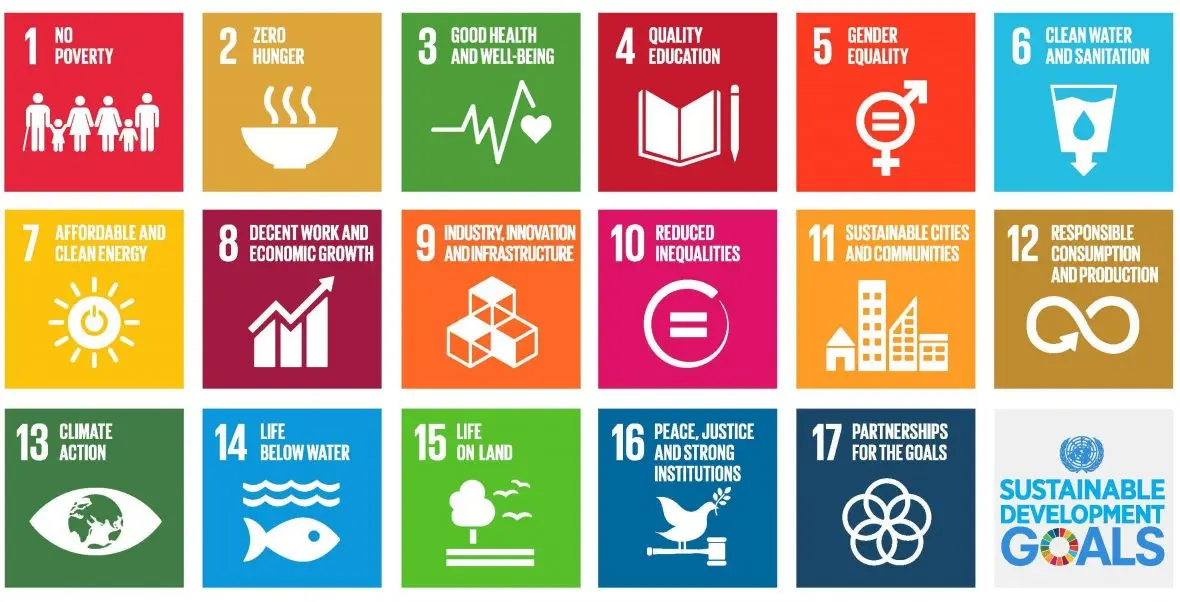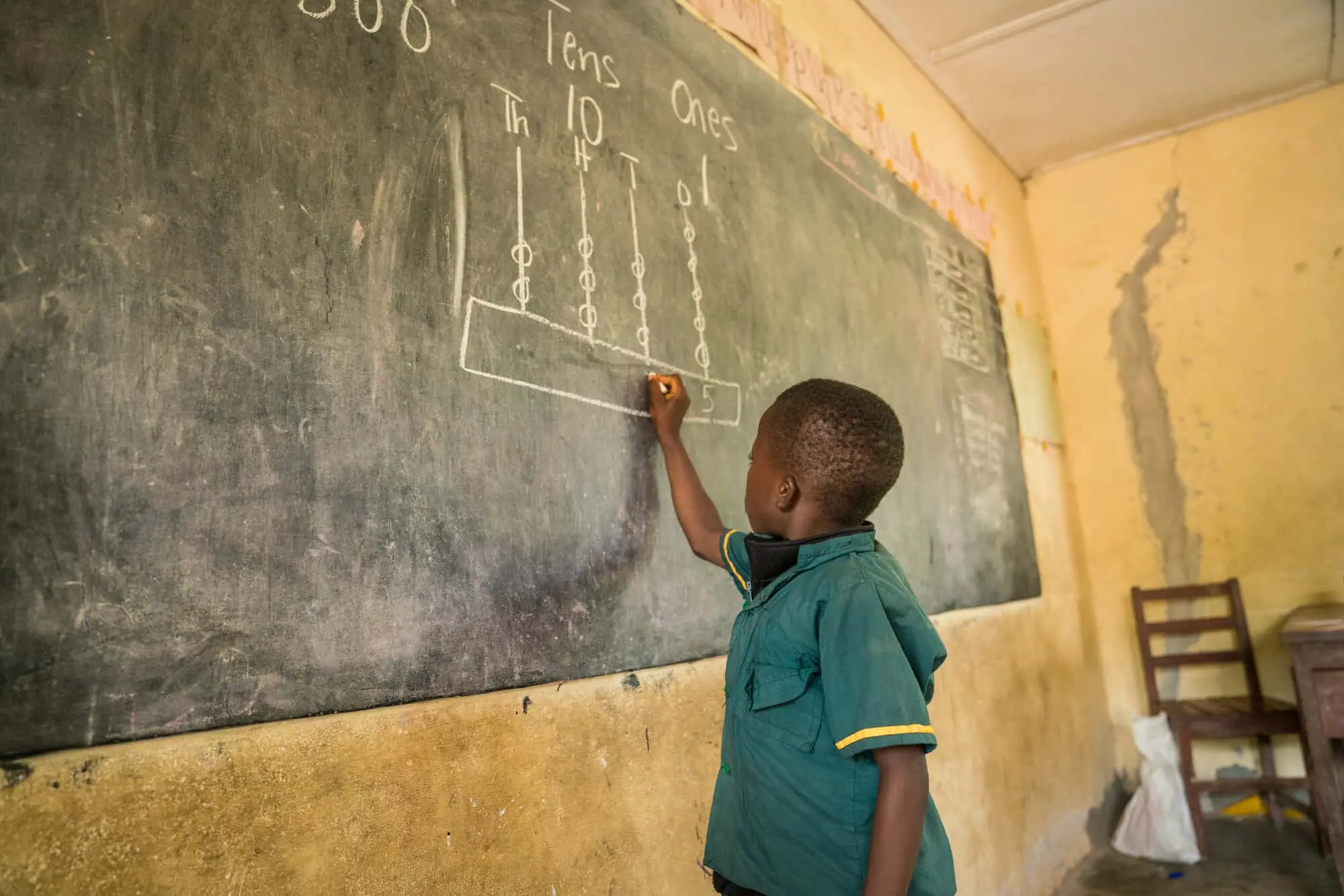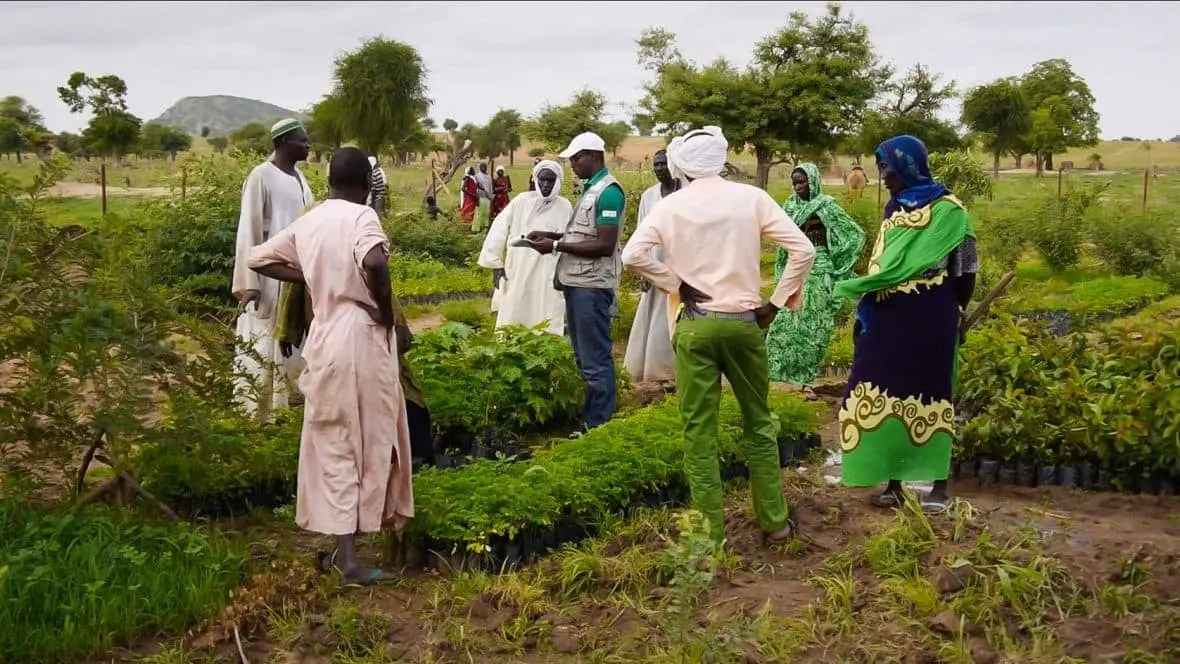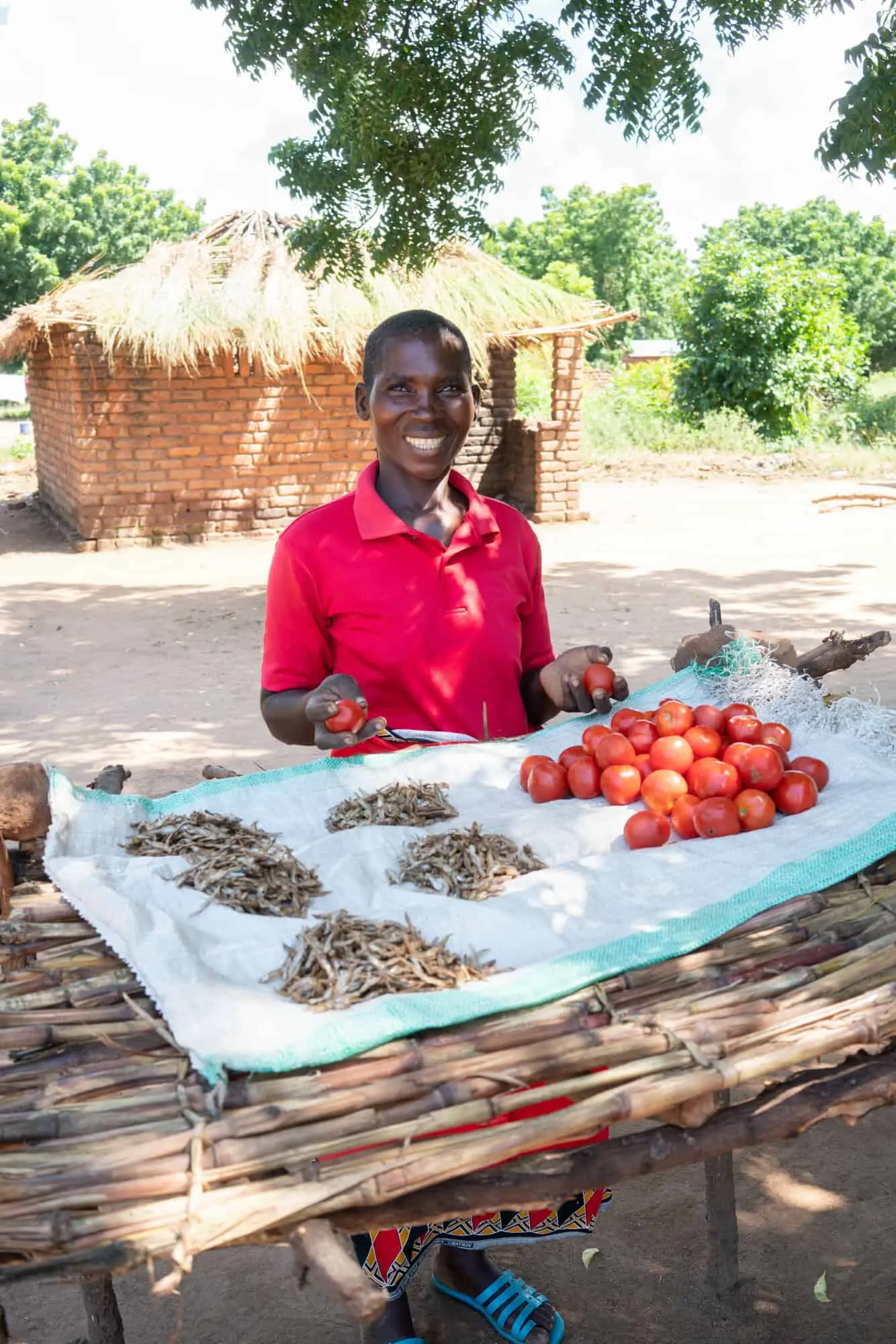News
Solutions to poverty that actually work
What would Zero Poverty look like for the world in 2030? Here are a few starting points.
Read MoreIn 2022, we’re less than 10 years out from meeting the deadline for the Sustainable Development Goals. You’ve likely seen us talk about the SDGs on this site, in our emails, or on our social media. But what do they actually mean? Who’s organizing the goals? (And what, exactly, are they?) Here, at a glance, are the Sustainable Development Goals, explained.
These aren’t the first development goals from the UN. Originally, the UN and its members signed to the Millennium Development Goals (MDGs) in 2001. They expired in 2015. The United Nations took what worked (and what didn’t!) from the MDGs and used those learnings to form the SDGs. While the MDGs focused on tackling poverty, hunger, and inequality, they didn't address the root causes of those issues. The SDGs have taken these drivers into account as barriers to development that must be prioritized.
There are 17 Sustainable Development Goals. Taken on the whole, the big focus of the 2030 agenda is to eradicate global poverty by the end of that year. When the SDGs were launched, approximately 1 billion people were living below the extreme poverty line. However, this number had been going steadily down since the 1990s.
The (new) deadline is 2030. We’re currently 10 years away from the ambitious goal of ending poverty, and there is already concern that we will not meet all of our targets, especially with the added global challenges posed by COVID-19. But that doesn’t mean there isn’t hope to be had — or work to be done.
It’s not just goals. There are 17 goals. There are also 169 targets that determine whether those goals are met. And there are several hundred indicators which are being used to measure progress towards achieving the goals and targets. A full list of the goals is below (we’ll spare you the complete list of targets).

After realizing that the eight Millennium Development Goals were too narrow, the General Assembly expanded the SDGs to 17. This allowed participating organizations to focus not only on the big picture (ending poverty), but also the supporting issues that must be addressed in order to sustainably create a world without poverty. (Hence the name.) The 17 Sustainable Development Goals are:
Goal 1. End poverty in all its forms everywhere
Goal 2. End hunger, achieve food security and improved nutrition, and promote sustainable agriculture
Goal 3. Ensure healthy lives and promote well-being for all at all ages
Goal 4. Ensure inclusive and equitable quality education and promote lifelong learning opportunities for all
Goal 5: Achieve gender equality and empower all women and girls
Goal 6: Ensure availability and sustainable management of water and sanitation for all
Goal 7: Ensure access to affordable, reliable, sustainable, and modern energy for all
Goal 8: Promote sustained, inclusive and sustainable economic growth, full and productive employment, and decent work for all
Goal 9: Build resilient infrastructure, promote inclusive and sustainable industrialization, and foster innovation
Goal 10: Reduce inequality within and among countries
Goal 11: Make cities and human settlements inclusive, safe, resilient, and sustainable
Goal 12: Ensure sustainable consumption and production patterns
Goal 13: Take urgent action to combat climate change and its impacts
Goal 14: Conserve and sustainably use the oceans, seas, and marine resources for sustainable development
Goal 15: Protect, restore, and promote sustainable use of terrestrial ecosystems, sustainably manage forests, combat desertification, halt and reverse land degradation, and halt biodiversity loss
Goal 16: Promote peaceful and inclusive societies for sustainable development, provide access to justice for all, and build effective, accountable, and inclusive institutions at all levels
Goal 17: Strengthen the means of implementation and revitalize the global partnership for sustainable development
In short, no. But this doesn’t invalidate all of the progress that has been made towards these goals over the last seven years. It also doesn’t mean we shouldn’t work towards all goals and indicators in the remaining eight years.
In the 2020 status report of the SDGs, UN Secretary-General António Guterres writes:
“Everything we do during and after this crisis [COVID-19] must be with a strong focus on building more equal, inclusive and sustainable economies and societies that are more resilient in the face of pandemics, climate change, and the many other global challenges we face.”
The UN has declared the ten years between 2020 and 2030 as the Decade of Action. Progress on the goals was uneven before COVID-19, but the UN writes that the pandemic “in some cases turned back decades of progress.” However, COVID-19 has also laid bare the inequities that perpetuate the cycle of poverty and its many drivers and maintainers. This means we have a clearer sense of what work must be done in the coming decade of action.
While our current programs don’t support all 17 Sustainable Development Goals, all of our programs touch on at least one of the SDGs and their related indicators and targets. All of our work is toward the larger goal of ending extreme poverty. Many of our programs also sit at the intersection of SDGs Here are a few examples of our work and the goals it supports.

Goal 4 (Quality Education) & Goal 5 (Gender Equality)
In Malawi, we recently completed our “Right to Learn” program, which supported girls in Phalombe District in their right to an education in a safe environment, free from discrimination and violence. We worked in 30 schools in the district and also with the wider community, reaching almost 62,000 people to address the root causes of school-related, gender-based violence (SRGBV) and encourage behavioral change.
Across the 30 schools, girls’ literacy improved significantly: At the beginning of the program, 39% of girls were able to read 45 correct words per minute, rising to 82% by the end. The girls’ confidence also increased significantly, with 83% feeling able to say no to sexual advances and abuse, and demand the support they need at school from teachers and parents, up from 38%.

Goal 2 (Zero Hunger) & Goal 13 (Climate Action)
Chad has suffered some of the harshest impacts of climate change. Last year, we reached over 45,500 people in 91 villages with Climate Smart Agriculture. Through this initiative, we train farmers to use conservation agriculture practices of farming that minimize soil disturbance, improve soil condition, and increase harvests. In 2019, farmers using this method had higher yields than those using traditional methods, producing 41% more peanuts and 35% more sesame from their fields.

Goal 8 (Decent Work and Economic Growth) & Goal 2 (Zero Hunger)
In Ethiopia, our integrated livelihoods program reached over 51,000 people in South Wollo and Wolaita last year. The program uses a Graduation approach to build livelihood security and improve the nutrition of participants through a number of activities.
According to a 2019 survey, participants are now in a much more secure position since the program launched in 2017. The amount of livestock households now own has grown from an average of 1.7 animals to 11.5 animals, and 97% of households are now able to save cash regularly. In addition, 89% of families now have at least two meals a day, and eat a more varied and balanced diet.